Subsurface, Surface & Life
Program Lead: Dr. Nicola Tisato
By studying past and present states of the Earth’s surface and environment, faculty in this research area seek to (1) understand the evolution of organisms and how developing ecosystems affect the environment, (2) understand how the transport of fluids, solutes, and solids both at and near the Earth’s surface evolve its form, and (3) develop tools and methods that image and quantify properties of Earth’s near surface. Faculty expertise includes geophysics, tools from biology, and geochemical/ geochronological methods that utilize field work, experimentation, remote sensing analyses, and numerical models with an eye toward reconstructing past Earth states and predicting future change. Please check out the Geophysics, Soft Rock and UT Paleontology seminar series.
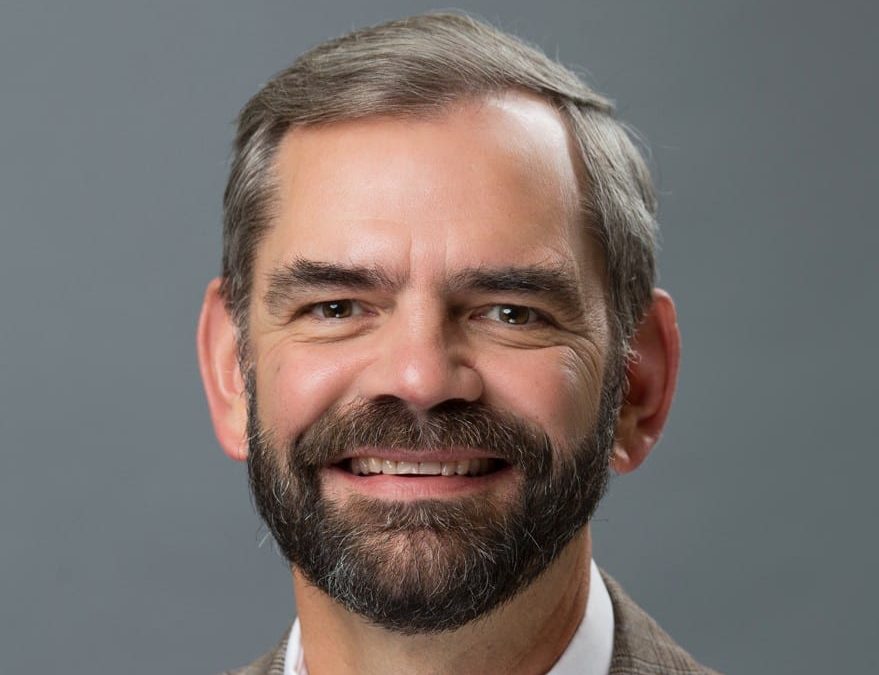 |
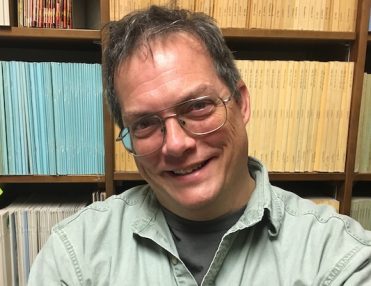 |
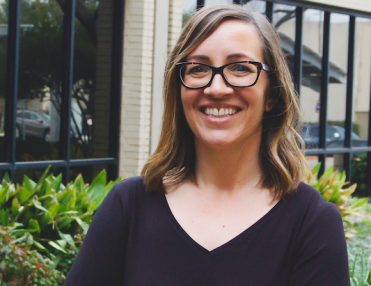 |
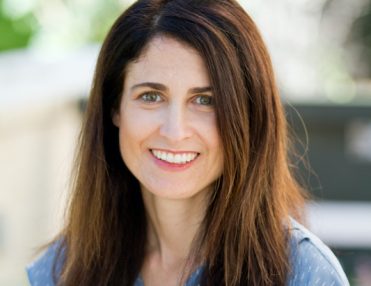 |
 |
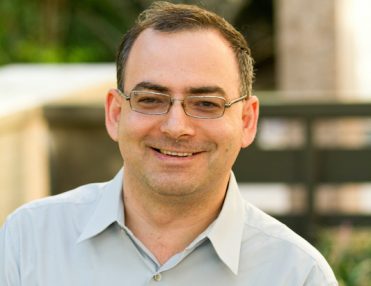 |
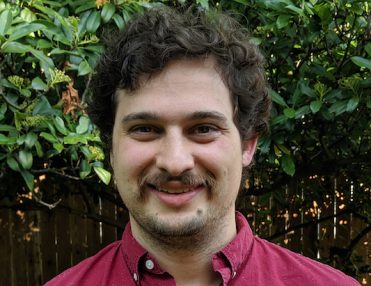 |
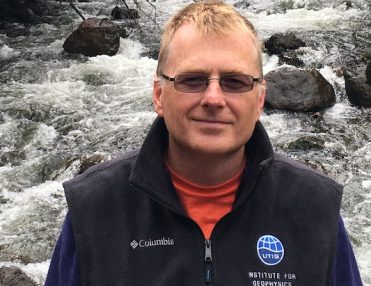 |
 |
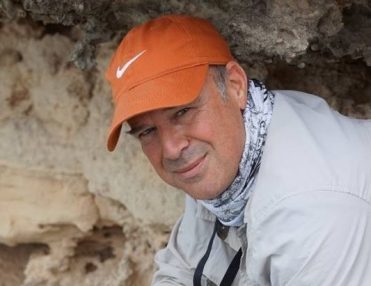 |
 |
 |
 |
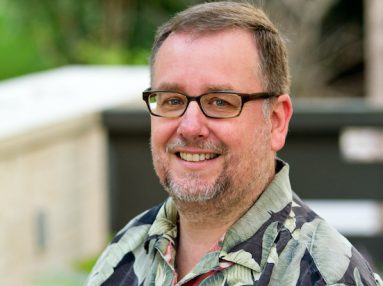 |
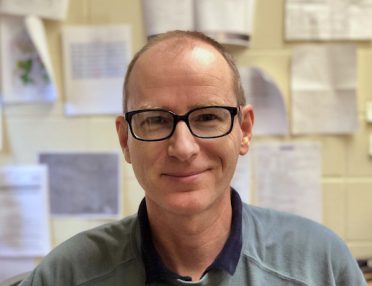 |
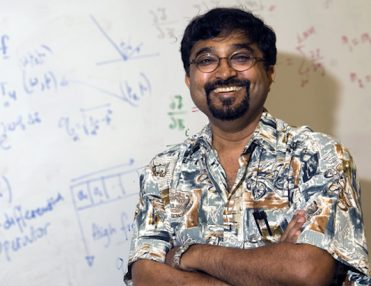 |
 |
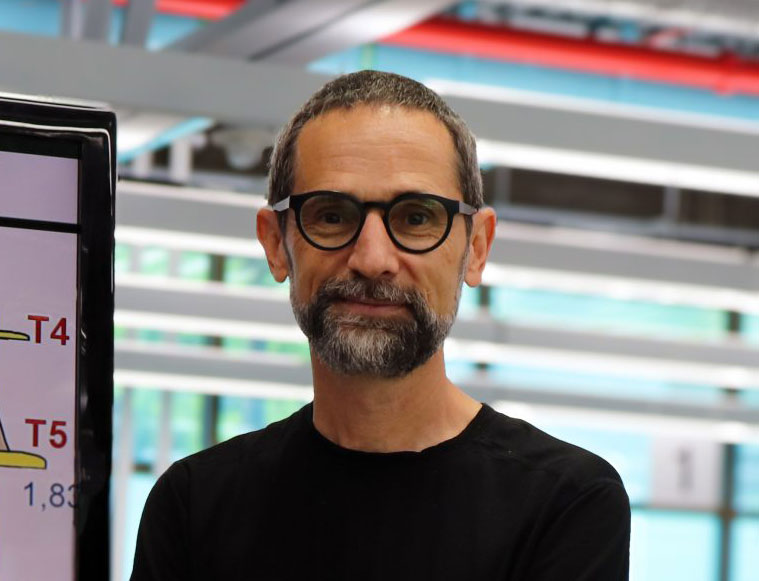 |
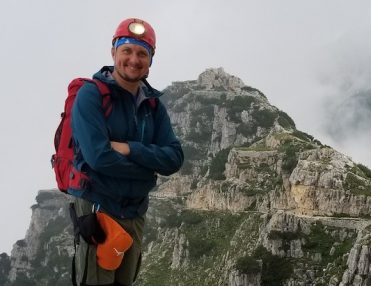 |
SSL Course Lists
Fall 2025
Lower Division
| Day | Time | Instructor | Course Link |
|---|---|---|---|
| GEO 303E EARTH IN 2100-WB | |||
| Online | Self-paced | JOHNSON, JOEL PETERSON | |
| GEO 322E SCIENTIFIC RESEARCH DESIGN | |||
| MW | 11:30 a.m.-1:00 p.m. | CLARKE, JULIA ALLISON | |
| GEO 325K COMPUTATIONAL METHODS | |||
| MW + Lab | 11:00 a.m.-12:00 p.m. | FOMEL, SERGEY B | |
| GEO 352P PYTHON FOR GEOSCIENCE RESEARCH | |||
| TTH | 9:30 a.m.-11:00 a.m. | SYLVESTER, ZOLTAN | |
| GEO 378D INTRO MACHINE LEARNING/GEOSCI | |||
| TTH | 9:30 a.m.-11:00 a.m. | SEN, MRINAL K | |
| GEO 405 LIFE THROUGH TIME | |||
| TTH + Lab | 2:00 p.m.-3:30 p.m. | BELL, CHRISTOPHER J | |
| GEO 416S EARTH/PLANETARY PROC THRU TIME | |||
| TTH + Lab | 2:00 p.m.-3:30 p.m. | MALKOWSKI, MATTHEW ALAN SPIKES, KYLE THOMAS |
|
Upper Division or Graduate
| Day | Time | Instructor | Course Link |
|---|---|---|---|
| GEO 191 GEOMECHANICS SEMINAR | |||
| TH | 11:00 a.m.-12:00 p.m. | FLEMINGS, PETER BARRY SAFFER, DEMIAN M |
|
| GEO 191 3D SUBSURFACE INTERPRTN LAB | |||
| F | 1:00 p.m.-5:00 p.m. | MOHRIG, DAVID | |
| GEO 322J TRANSITIONS IN HISTORY OF LIFE | |||
| W | 9:00 a.m.-12:00 p.m. | MARTINDALE, ROWAN CLARE | |
| GEO 344U QUANTATIV SEISMIC INTERPRETATN | |||
| MWF | 10:00 a.m.-11:00 a.m. | SPIKES, KYLE THOMAS | |
| GEO 360G CONST/INTRPRT 3-D STRATIGRAPHY | |||
| TTH | 9:30 a.m.-11:00 a.m. | MOHRIG, DAVID | |
| GEO 371T ENERGY TECHNOLOGY AND POLICY | |||
| TTH | 8:00 a.m.-9:30 a.m. | BEACH, FRED C | |
| GEO 371T CLIMATE/ENERGY TRANSITION | |||
| MWF | 3:00 p.m.-4:00 p.m. | FLEMINGS, PETER BARRY | |
| GEO 380R DYNAMICS OF SEDIMENTARY SYS I | |||
| TTH | 2:00 p.m.-3:30 p.m. | MOHRIG, DAVID | |
| GEO 382E SCIENTIFIC RESEARCH DESIGN | |||
| MW | 11:30 a.m.-1:00 p.m. | CLARKE, JULIA ALLISON | |
| GEO 383D NUM METH I: COMP METH GEOL SCI | |||
| MW | 11:00 a.m.-12:00 p.m. | FOMEL, SERGEY B | |
| GEO 383T TECT/CLIM INTACTN FORLND BASIN | |||
| TTH | 8:00 a.m.-9:30 a.m. | HORTON, BRIAN K | |
| GEO 390D SEISMOLOGY III | |||
| MW | 9:30 a.m.-11:00 a.m. | SEN, MRINAL K | |
| GEO 391 ENVIR/EARTHQUAKE SEISMOLOGY | |||
| MW | 1:00 p.m.-2:30 p.m. | MAO, SHUJUAN JIA, ZHE |
|
| GEO 391 FUNDRAISING FOR GOV/NPOS | |||
| T | 6:00 p.m.-9:00 p.m. | EATON, DAVID J | |
| GEO 392P PYTHON FOR GEOSCIENCE RESEARCH | |||
| TTH | 9:30 a.m.-11:00 a.m. | SYLVESTER, ZOLTAN | |
| GEO 398D 1-INTRO MACHN LEARNING/GEOSCI | |||
| TTH | 9:30 a.m.-11:00 a.m. | SEN, MRINAL K | |
| GEO 455S INTRO REMOTE SNSNG GEOSCINTSTS | |||
| MW + Lab | 2:00 p.m.-3:30 p.m. | GOUDGE, TIMOTHY ANDREW | |